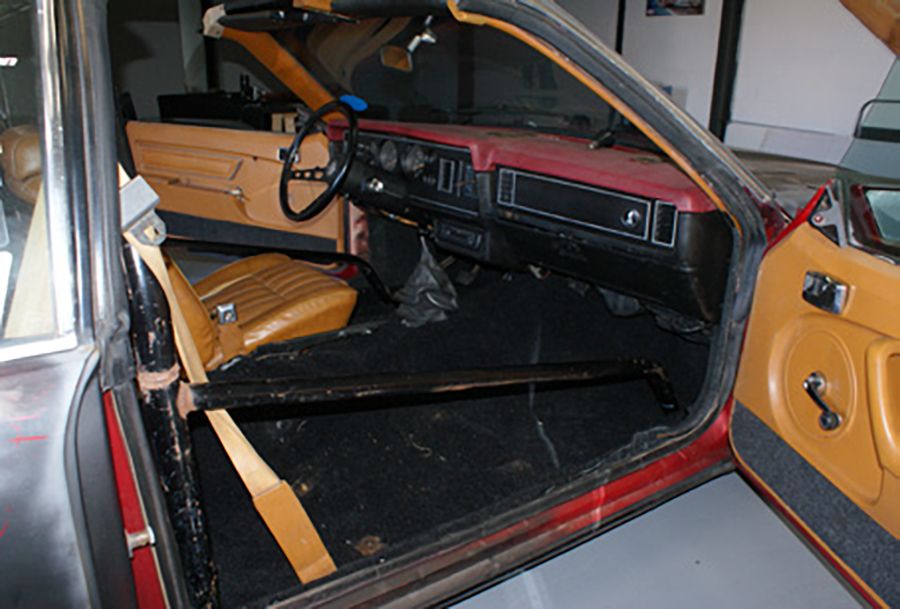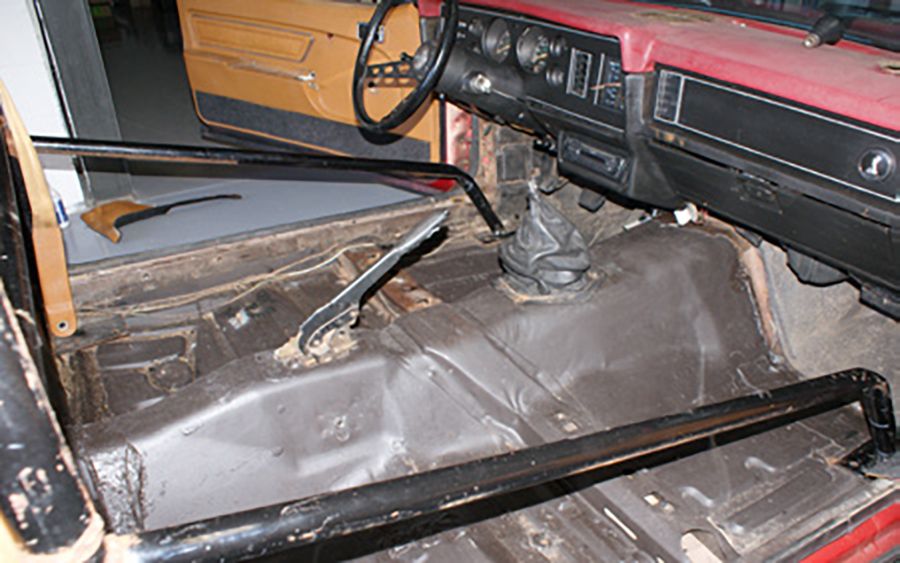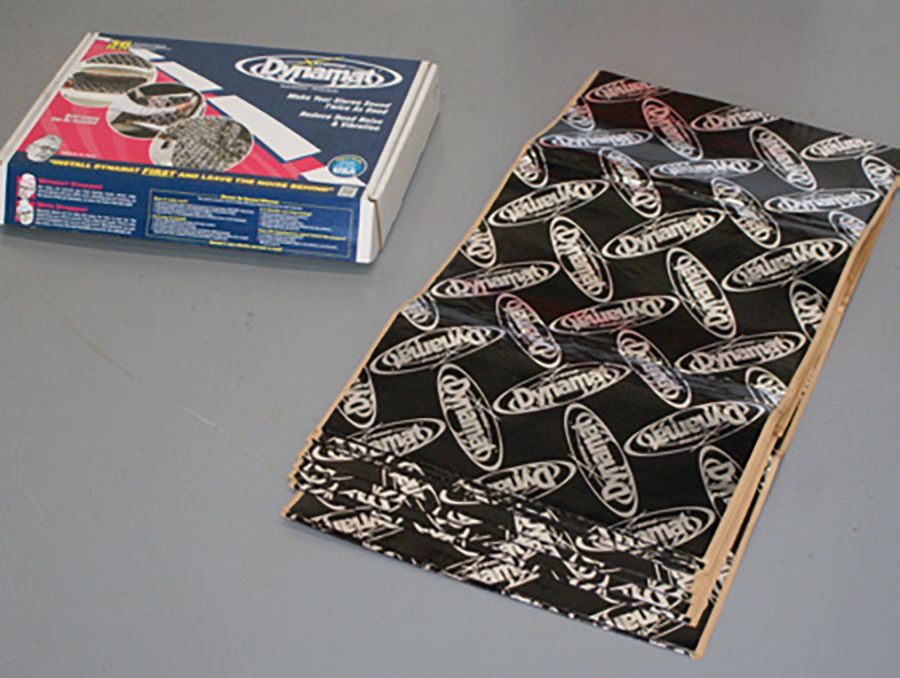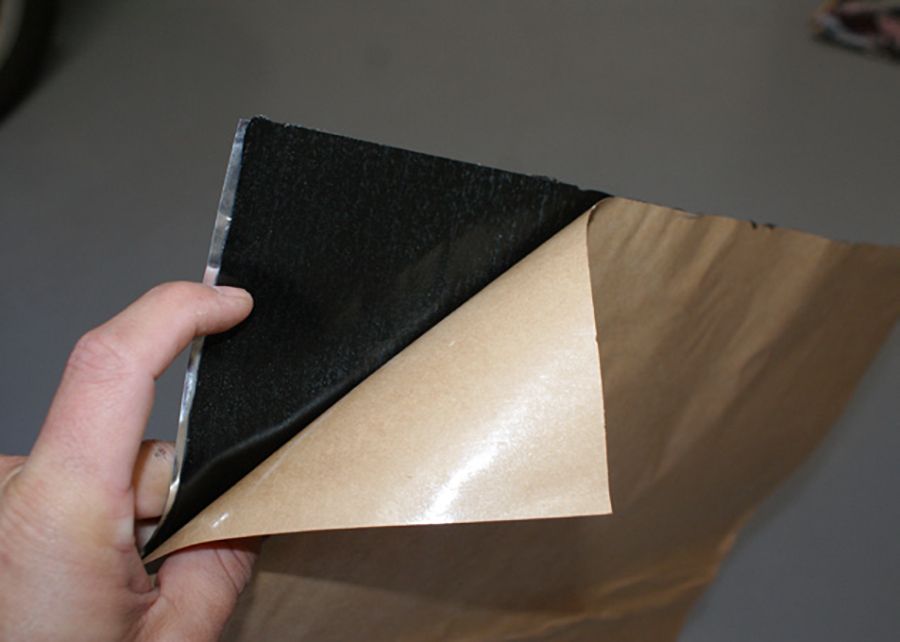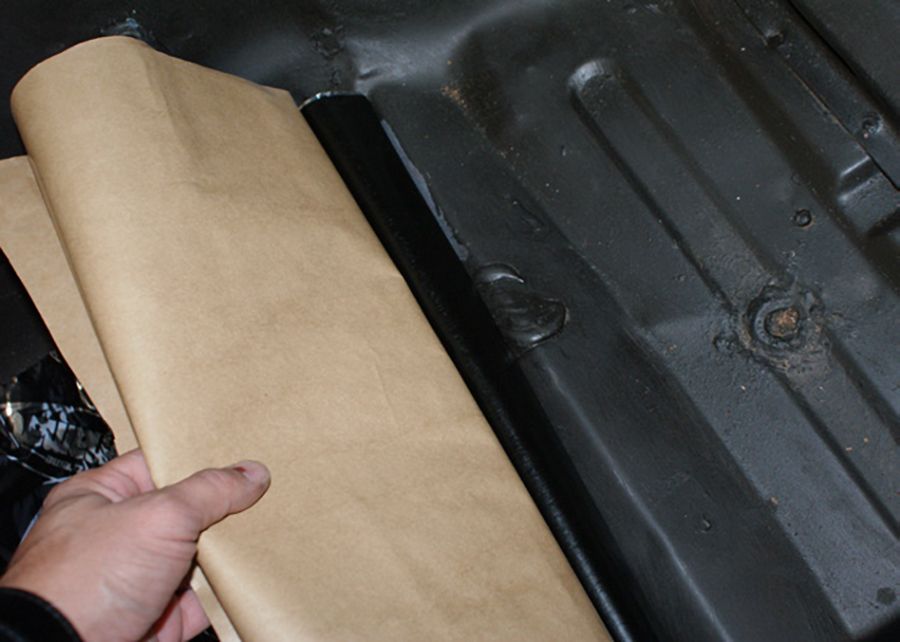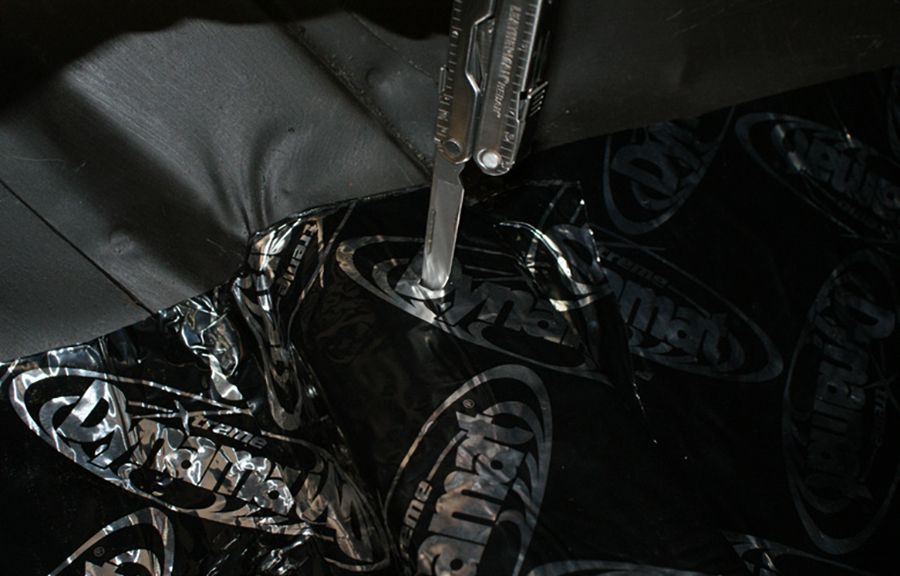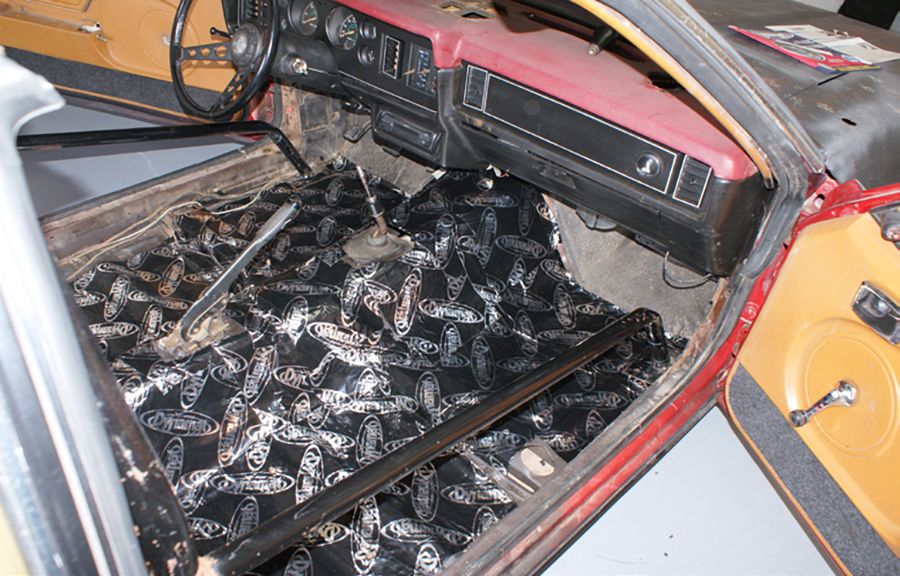
When building your hot rod, sound, heat, and vibration probably aren't the first things on your mind. But ask any seasoned rodder who’s done a long-distance trip in a hot, noisy cabin, and they’ll tell you it’s a real problem—one that can turn an otherwise perfect drive into something you'd rather forget.
Most older cars came from the factory with little more than paper-thin rubber sheeting stuck to the body in an attempt to reduce vibration. Unfortunately, it didn’t do much, and it certainly didn’t last. Over time, these materials broke down, allowing engine noise and heat to flood into the cabin from both the engine bay and the road.
There are now many different insulation products available to builders looking to address this issue properly. However, not all parts of a car need the same type of insulation. Floors have different challenges to doors, and firewalls are another story altogether. In our search for a proven solution, we turned to a product trusted by builders worldwide: Dynamat.
Dynamat is one of the best-known names in the hot rod world when it comes to sound and heat insulation. It’s a premium-grade material designed to reduce vibration and keep your cabin quiet and cool. For our demonstration, we chose to insulate the floor of our build using Dynamat Xtreme, which is engineered specifically for use on sheet metal surfaces. Its aluminum layer helps reflect road heat, dramatically improving interior comfort.
We started by stripping the interior—removing both front and rear seats, pulling out the carpets, and giving the floor a thorough vacuum to remove all dust, grit, and debris. Any remnants of the original factory sound deadening were scraped off, leaving us with a clean, smooth surface.
To cover the floor, we used the Dynamat Xtreme Bulk Pack, which includes nine sheets measuring 457mm by 812mm each. Before cutting anything, we laid the sheets out inside the car to figure out our coverage and mark off where trimming was needed. A sharp utility knife did the trick, making it easy to trim the sheets to size.
Applying the Dynamat was straightforward. We peeled back the release liner gradually, pressing the adhesive side firmly to the floor and working it into the contours and folds of the metal. It’s important to take your time with this step—carefully pressing the material down helps it stick properly and ensures full contact for maximum effectiveness. For smaller gaps and odd-shaped areas, we used off-cuts to patch everything in neatly.
As we worked, we made sure not to cover any bolt holes, wires, or mounting points that would be needed later. Cutting out these sections as we went saved time and headaches when reassembling the interior. In fact, we even temporarily refitted some bolts just to double-check their alignment before laying down the carpets.
The result? A rock-solid foundation for a quieter, cooler ride—built using one of the best sound and heat insulation materials in the business. Dynamat may be an investment, but for anyone planning serious time on the road, it’s one worth every cent.

